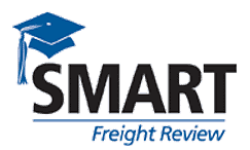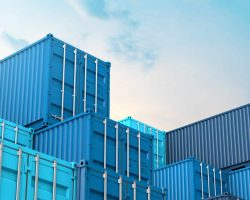
By:
Mark Glionna
Vice President - Client Relations & Business Development
The European Union (EU) has taken an innovative step by implementing the Carbon Border Adjustment Mechanism (CBAM) to address carbon emissions in international trade. This is a significant move towards achieving the EU’s ambitious climate goals. The CBAM will help to reduce carbon leakage and promote global emission reductions. Importers must report under this mechanism during the first reporting period until January 31, 2024. The CBAM is expected to transform the international trading landscape.
What is CBAM?
The CBAM aims to equalize the carbon price between domestic products and imports, ensuring that ambitious climate efforts within the EU do not lead to carbon leakage. This mechanism will apply to imports of specific goods and precursors identified as carbon-intensive and at high risk of carbon leakage, including cement, iron and steel, aluminum, fertilizers, electricity, and hydrogen. These sectors are pivotal as they collectively account for more than 50% of emissions in ETS-covered (Emissions Trading System) sectors when the CBAM is fully implemented.
The Transitional Period: A Pilot and Learning Phase
During the initial phase of CBAM, stakeholders, including importers, producers, and authorities, will be part of a pilot program. This period will serve as a learning opportunity and is crucial for gathering valuable data on embedded emissions. The data collected will refine the methodology employed during the definitive period of CBAM implementation. Importers must report the greenhouse gas emissions embedded in their imports, including both direct and indirect emissions. However, they do not need to make any financial contributions during this phase.
Sectors Covered and Reporting Obligations
During the first phase, the sectors under the spotlight include:
- Cement
- Iron & Steel
- Aluminum
- Fertilizers
- Electricity
- Hydrogen
Importers operating in specific sectors are responsible for accurately reporting the greenhouse gas emissions related to their imports. After a transitional period, it’s important to note that the scope of indirect emissions reporting will expand to include other import sectors. This expansion will be guided by a specific methodology, which will be outlined in the Implementing Regulation published on August 17th, 2023, together with its accompanying guidance.
Looking Ahead: Impact and Adjustments
The CBAM (Carbon Border Adjustment Mechanism) has been introduced in stages to provide a seamless, anticipated, and balanced transition for companies inside and outside the EU, as well as for government entities. This well-planned approach highlights the EU’s dedication to a just and fair shift towards a low-carbon economy, emphasizing the need for cooperation and readiness among all involved parties.
Businesses dealing with the complexities of the Carbon Border Adjustment Mechanism (CBAM) must prioritize staying informed and prepared. Engaging with the latest resources and guidance provided by the European Commission’s Taxation and Customs Union is highly recommended. For specialized assistance, seeking the help of professionals such as Brian Rowe, Director of Customs Compliance & Regulatory Affairs, can provide the necessary insight to comply effectively with the new regulations.
The CBAM is an impressive achievement that showcases the EU’s leadership in taking action against climate change. It sets a great example of how to integrate environmental considerations into trade policies. The successful implementation of this mechanism could encourage other countries to adopt similar measures, which will help us achieve our global goals of a sustainable and resilient future. The world is watching, and we hope to see more such initiatives in the future.















